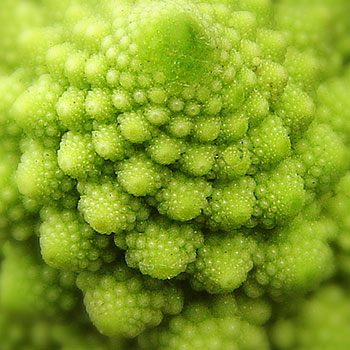Question #4fdb8
1 Answer
Oct 11, 2017
Remember: peroxide comes into play only when you add hydrobromic acid
Explanation:
So, it does not matter if you use "peroxide" as a catalyst for addition of
Now, bringing all the information into account, the reaction would follow a Markovnikov rule of addition.
Hence, the reaction would be
First of all the
Then, it will form a relatively stable secondary carbonation.
The
Hope it Helps:)

